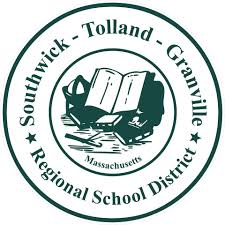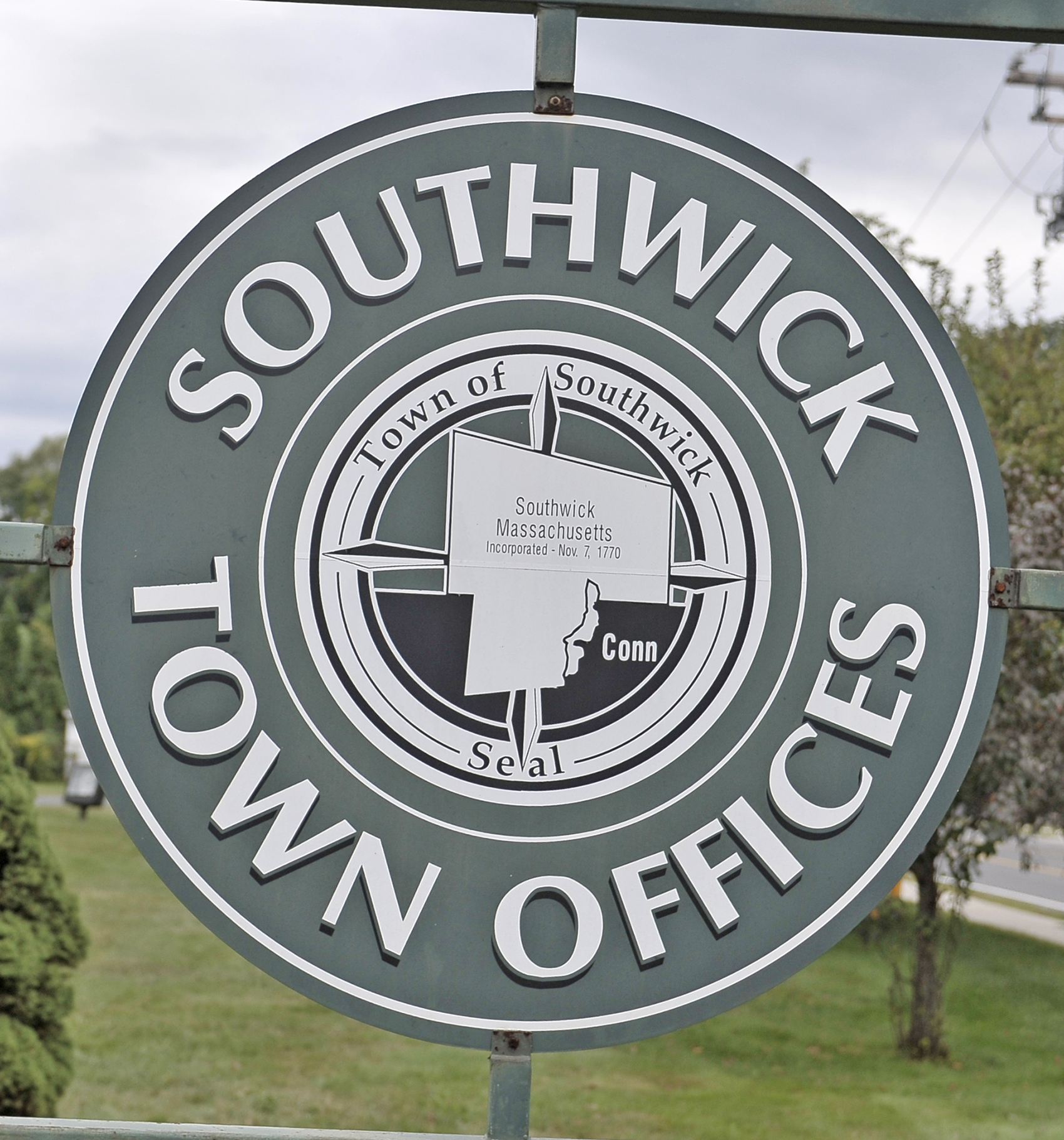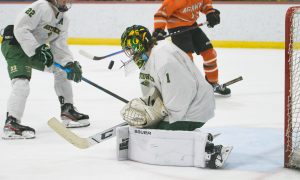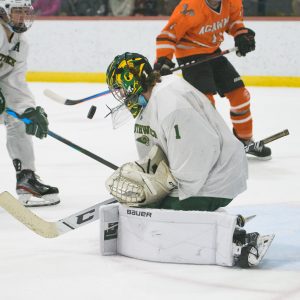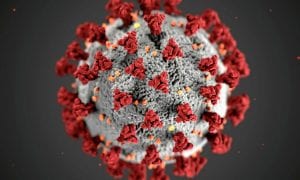SOUTHWICK – Southwick Regional School athletes will get to play fall sports, but it will be very different than in past seasons.
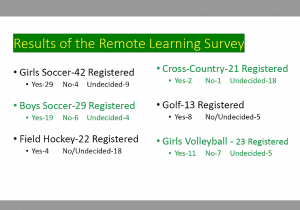
A screenshot of fall sports survey results sent to Southwick Regional School fall sports athletes.
The Southwick-Tolland-Granville Regional School Committee Sept. 15 unanimously approved a modified version of traditional fall sports, with golf being the only sport playing at the interscholastic level. Boys and girls soccer, field hockey and cross country will be intramural. Girls volleyball and unified basketball will be played in the Massachusetts Interscholastic Athletic Association’s Fall 2 season, which begins in late February.
The committee voted Sept. 2 to postpone all fall sports to the Fall 2 season, acknowledging that there was a strong possibility of most of them being canceled due to weather. Superintendent Jennifer Willard recommended the postponement, citing safety of all students and staff, as well as equity for all students, as her guiding principles. There were concerns about transporting students who live in other communities to get to practices and games when they are learning in the hybrid model. She also said that athletes playing sports would be exposing themselves and other students by playing in other communities.
“I need to make sure every decision I make is to ensure the safety of all staff and all students and to make sure that if we were providing sports it was an equitable situation for all children in our district, not just the children who had the ability to get a ride to school for practice,” Willard said last week.
Student athletes quickly rallied after the initial vote and hosted a protest on the Southwick campus Sept. 8, calling for the committee to vote again and return fall sports at the school. Willard, School Committee Chairman Jeffrey Houle, Athletic Director Dave Sanschagrin and SRS Principal Joseph Turmel met with student athlete leaders and a few parents the following day to listen to their concerns and further explain their decision.
One of the takeaways from the meeting was that fall sports could potentially take place if student athletes were fully remote so that the exposure from other communities would be limited. An informal survey of athletes found that many were willing to volunteer to choose remote learning if they could play. Others said fully remote was not a good option for them, and others did not respond or were undecided.
Sanschagrin presented five options to the committee Tuesday, which included everything from allowing all sports to play interscholastically as normal, to upholding the vote to postpone all sports, to several options in between.
Committee members had concerns for safety protocols and after speaking with Sanschagrin, who offered a verbal overview and said he could provide something in writing, some members were more at ease. However, the issue of equity was still a concern, particularly when Sanschagrin noted that his options for returning students to interscholastic sports relied on them being fully remote. This would eliminate any student on an IEP who was attending school fully in-person or in the hybrid model.
Committee member Chelsea Berry said she could not vote in favor of any option that excluded Cohort C, which are students fully in-person, most due to support needs.
“I would not endorse that idea that any kids who need more academic support would not have the option to play sports,” she said.
Committee members Maria Seddon and Pamela Petschke agreed.
Houle said that while there was no plan that would make everyone happy, they were trying to find a compromise while not compromising safety and ensuring equity.
“We are in the middle of a pandemic,” he said. “The traditions we normally have in the community are changing. In talking with students, I felt they recognized that.”
Houle said during the private meeting with athletes, they expressed concerns including maintaining their skills, being able to play their senior year and the desire to play with their teammates, who are family to them.
“I don’t think we’re going to make a popular decision in this scenario,” Houle said. “So, what can we do to give them something? In my mind, it’s intramurals.”
Willard said she would be in favor of the proposed intramural option, which was a modification of Sanschagrin’s Option 2.
Petschke asked Willard how this would affect other extracurricular activities, and would she consider allowing them.
“Yes,” Willard said, “but there are some we cannot do [because of state guidelines]. It’s something I would have to look at on a case-by-case basis.”
Committee member Jonathan Schantz asked if Sanschagrin could come back to the committee with a more detailed plan that answered the concerns and questions brought up Tuesday regarding outlining safety protocols, consequences for not following protocols, liability of parents and students driving students to games or practices, equity concerns and more. Schantz said perhaps if Sanchagrin satisfied their concerns they would consider allowing a late start to interscholastic sports, adding that he did “not want to get anyone’s hopes up.”
The committee agreed to allow Sanschagrin to return to make a presentation during its next meeting. Sanschagrin said that interscholastic sports schedules were being created now and should be complete next week.

